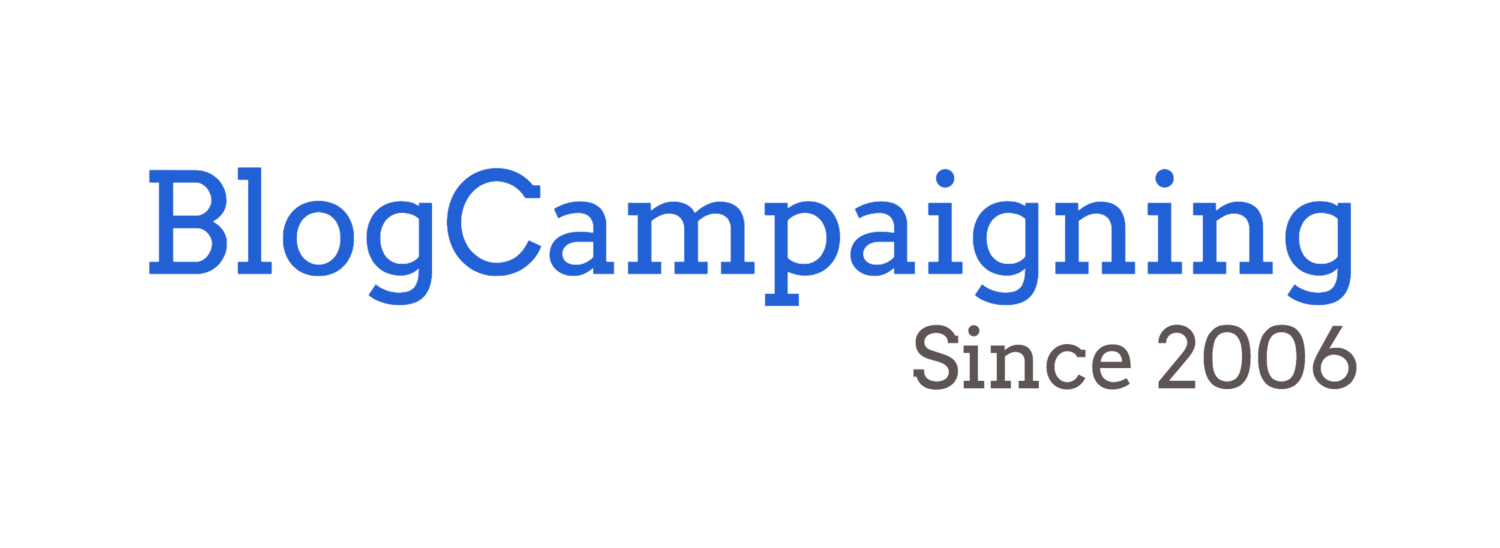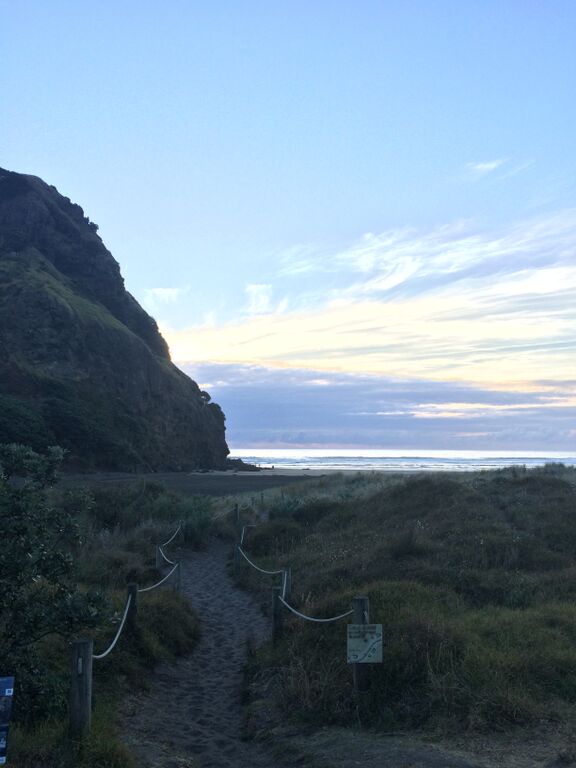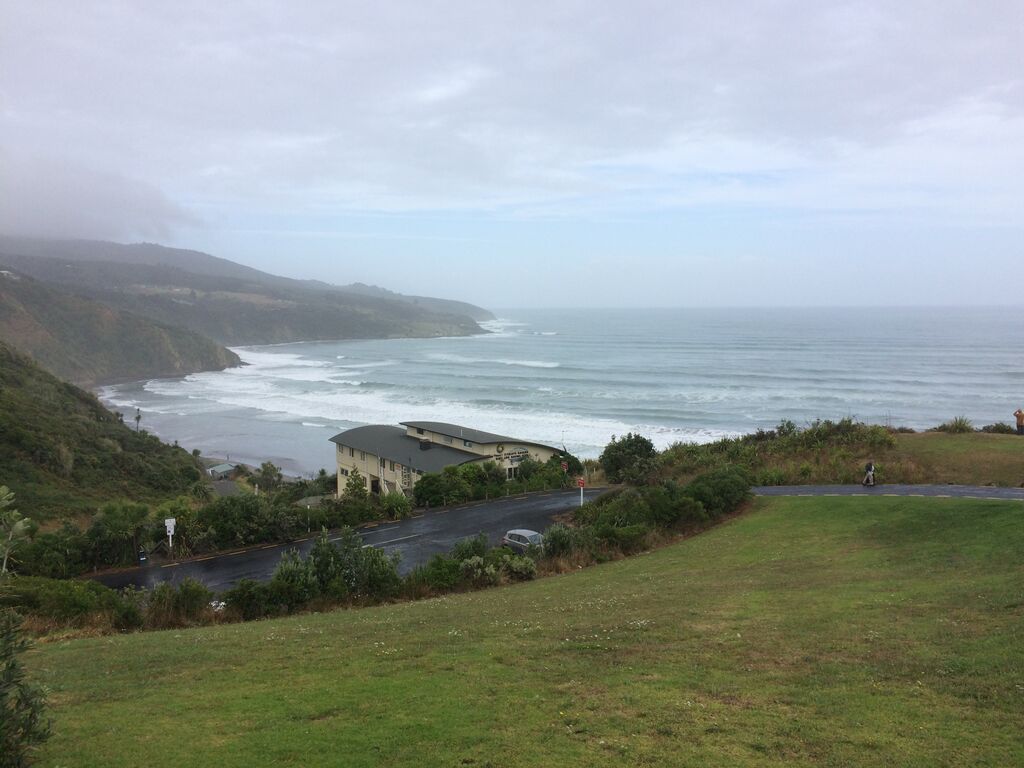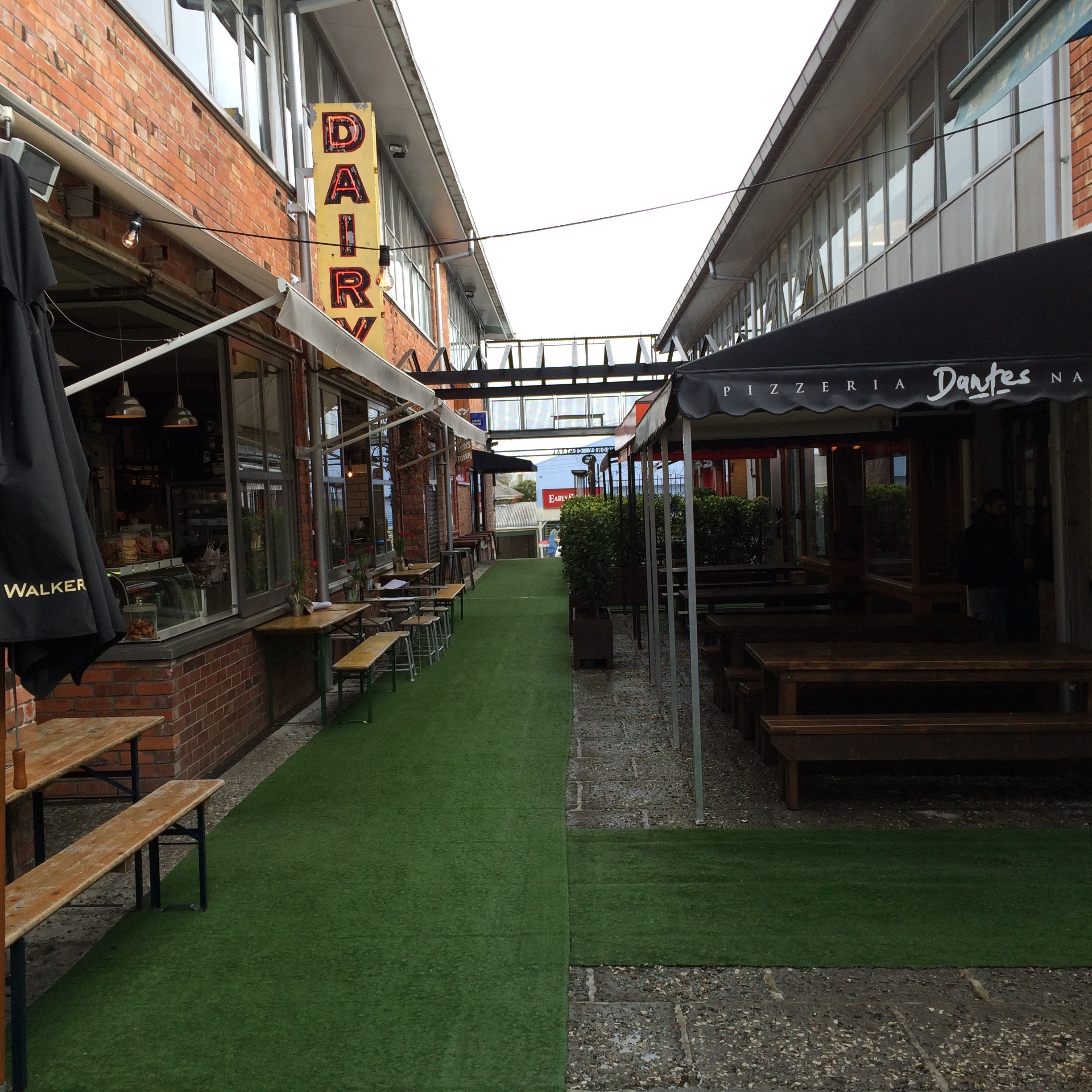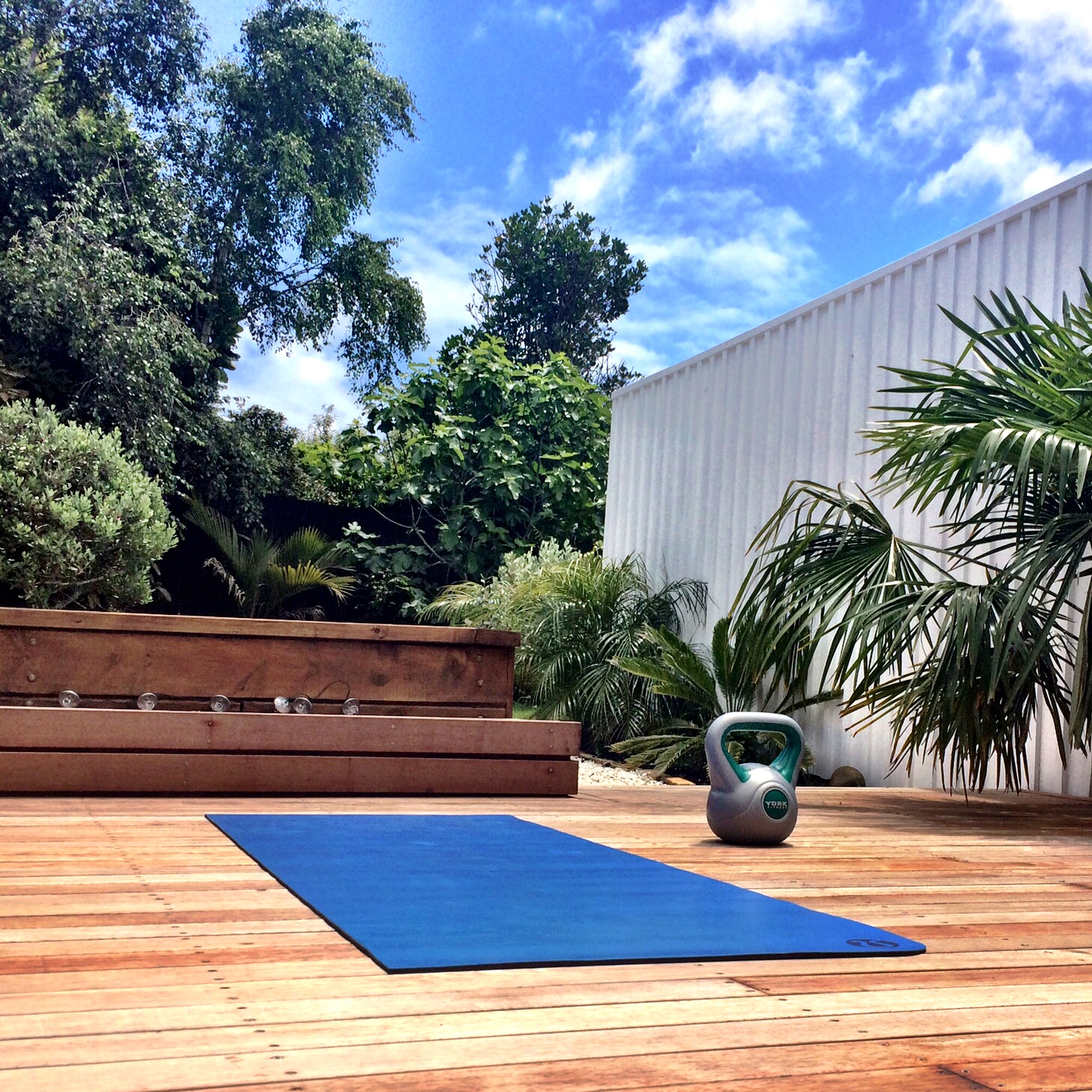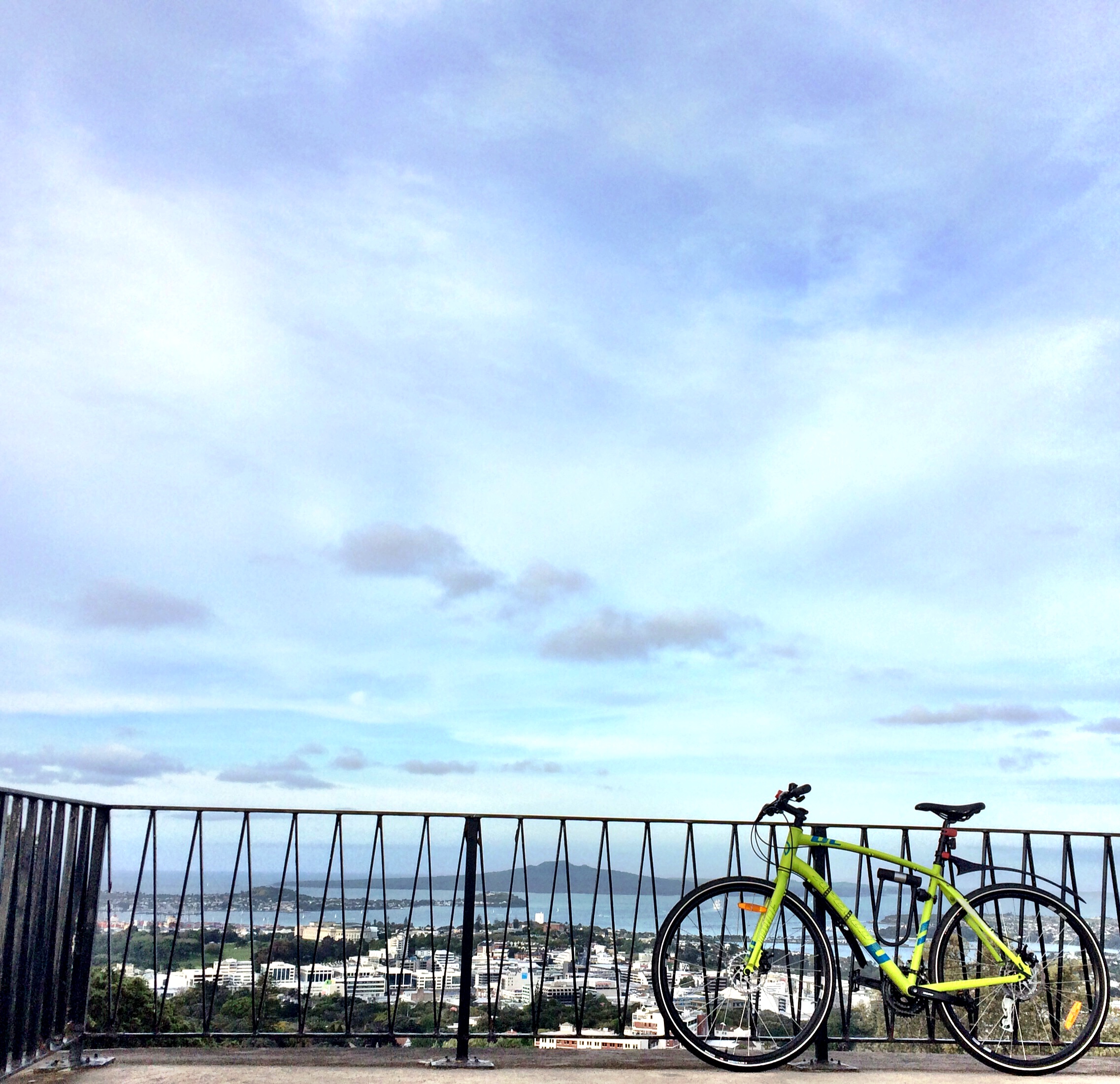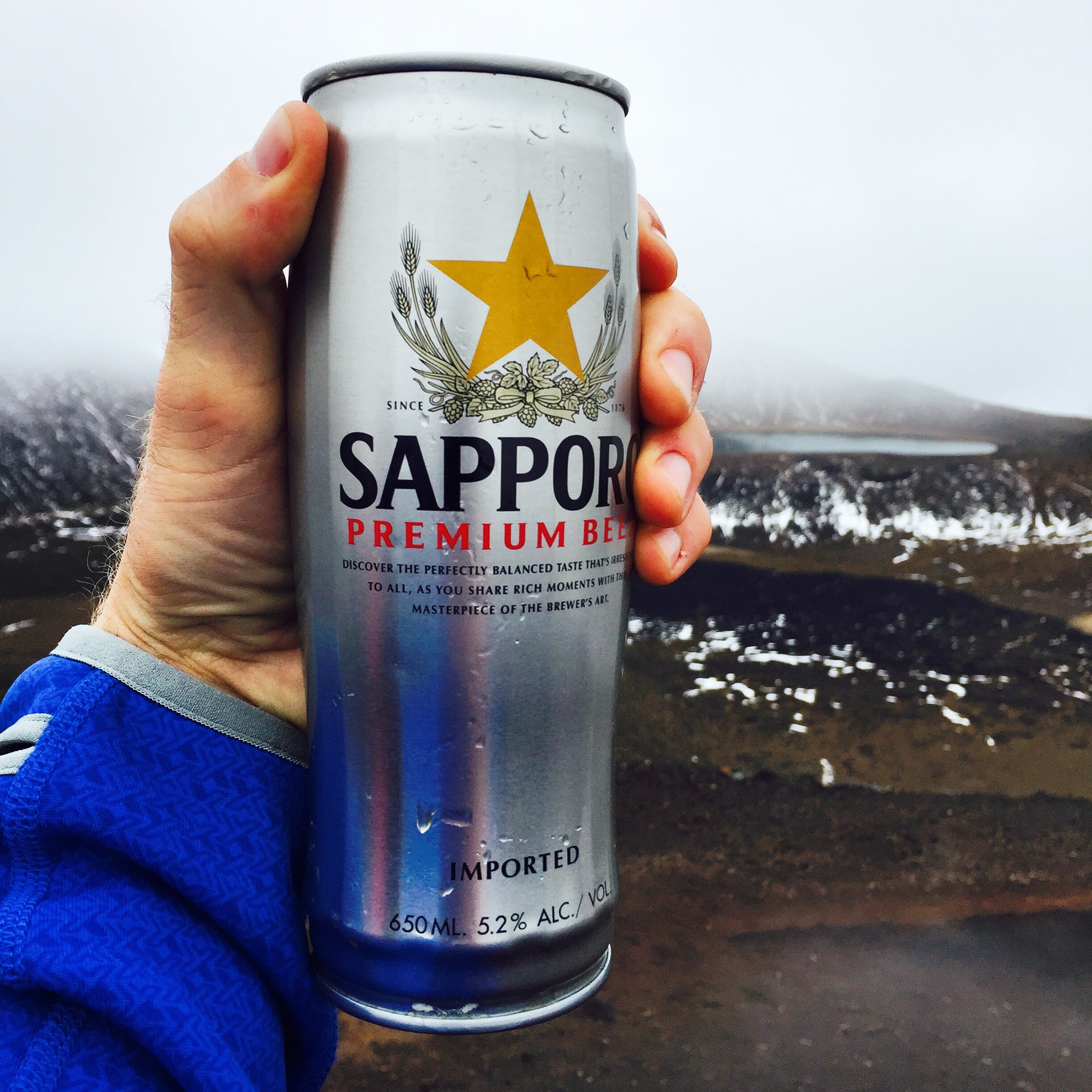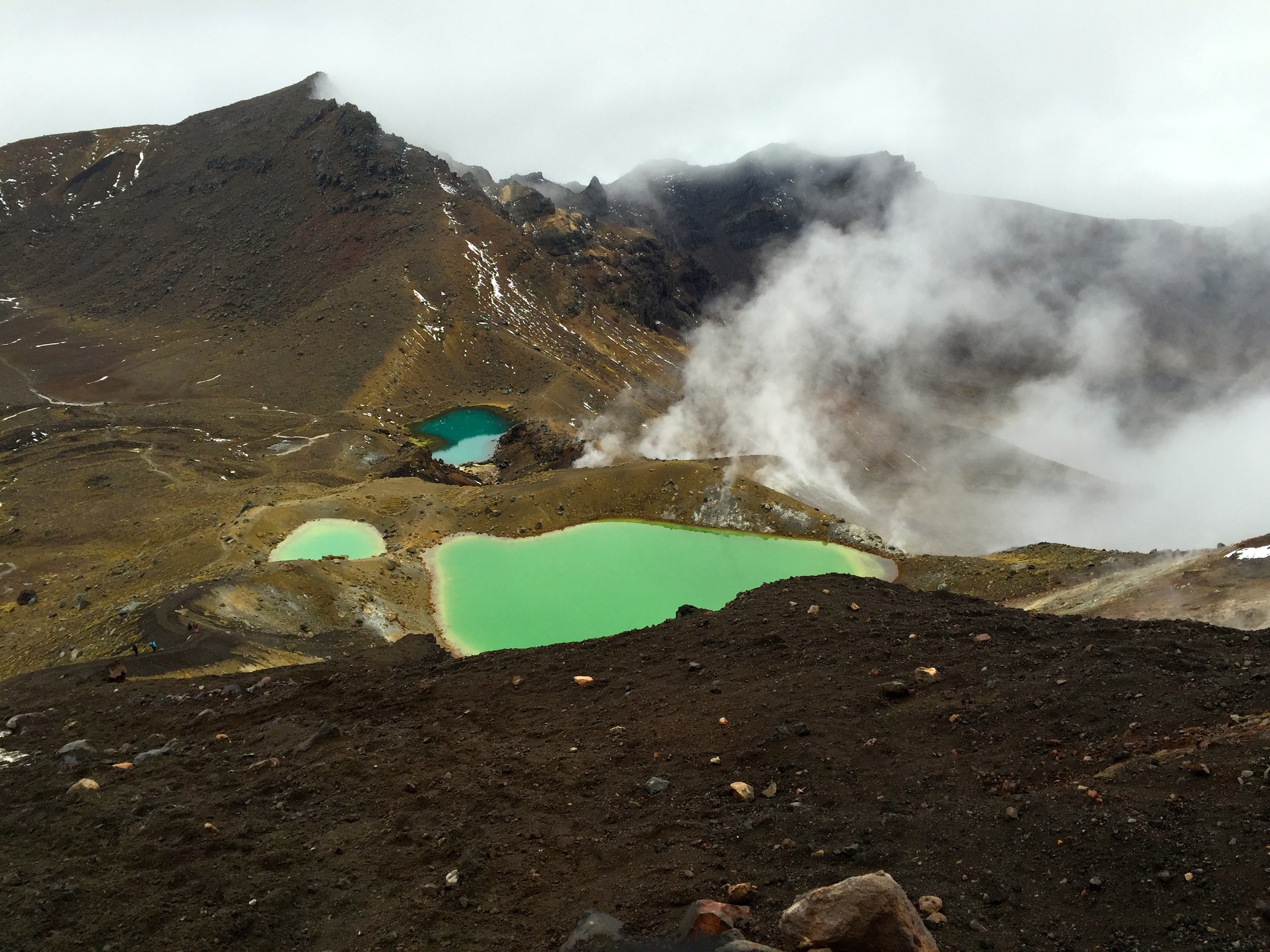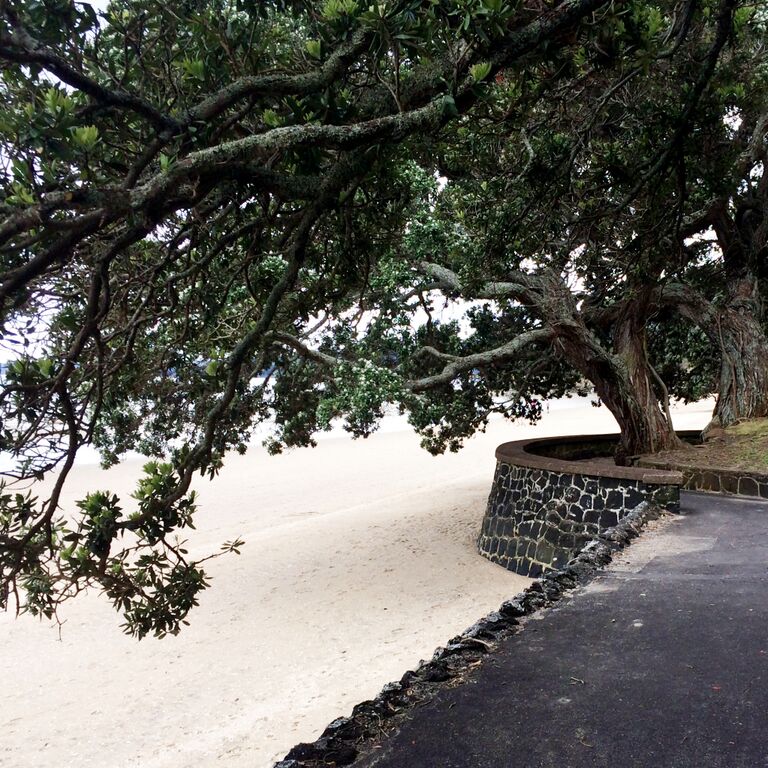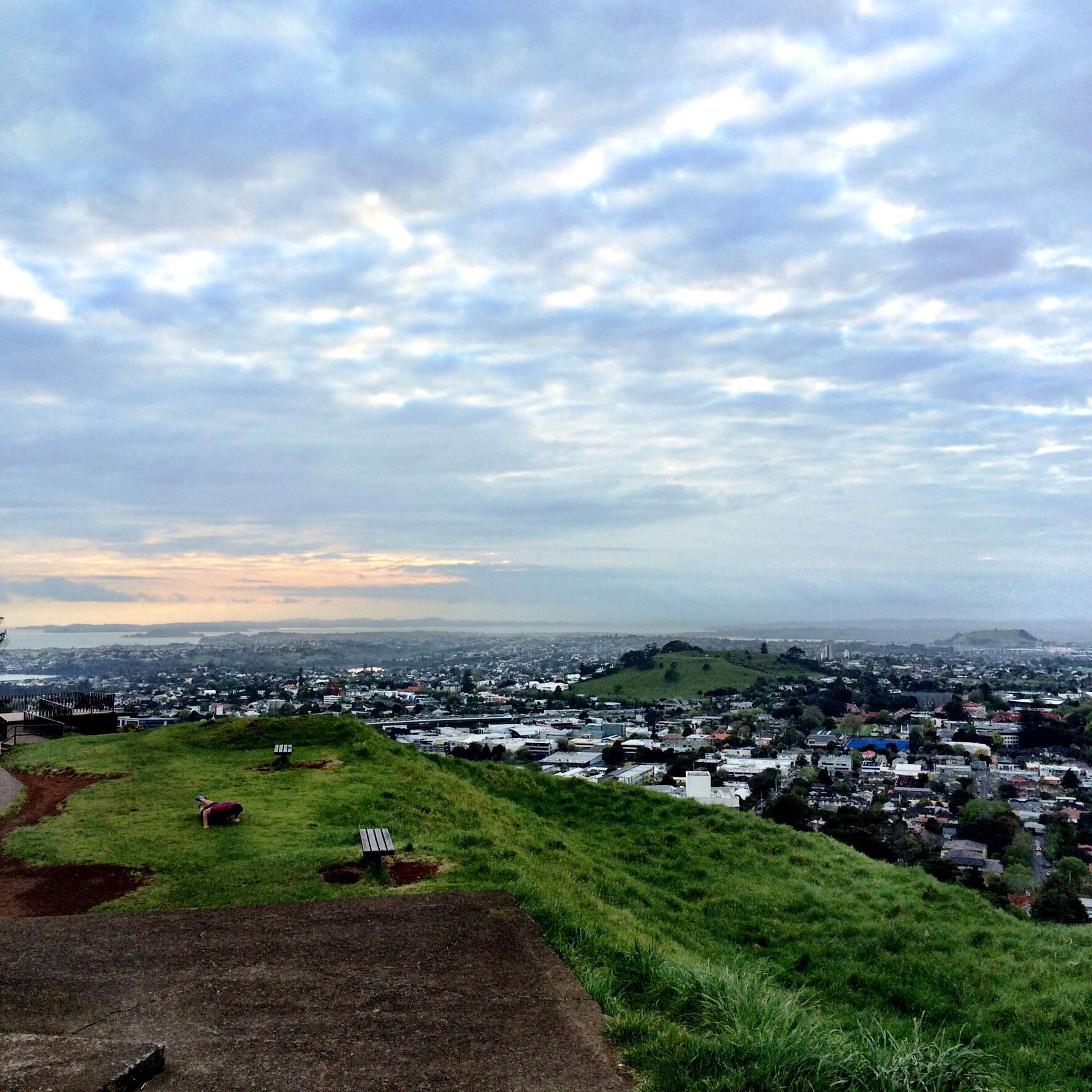It feels like everywhere you turn these days, there’s a news story about the importance of online video.
"People Now Watch 1 Billion Hours Of YouTube Per Day" is today's top headline. But are they watching more hours of videos by choice, or because that's what social media networks, publishers and advertisers are pushing?
E-Marketer breathlessly reports that “digital video audience will grow by 8.2% in 2017” and that “62% of the world’s internet users will view digital video in 2017.”
Cisco estimates that by 2018, 69% of all web traffic will be video. And it seems like publishers think that video is the answer. More and more, I keep seeing these video slideshows (looking at you, Snopes Video, among others) that are just a more irritating way to get the same information as I might in an article.
And advertisers are stoked about online video. Recent (2016) research found that 38% of US advertisers planned to draw funds from their broadcast budget to support digital video advertising.
We're told that although Facebook is discontinuing the practice of paying publishers to create live videos, they are encouraging these same publishers to create longer videos.
Netflix saw an enormous jump in popularity this year - but they did that on a platform based on providing an ad-free experience (and which, apparently, meant they left $2 billion on the table). They are also reportedly going to be spending $6 billion/year to create new content.
And while the implication is that people are absolutely clamouring for more and more video, I think we need to read into this a bit further. The common thread of these stories is a focus on quality content.
45% of people are watching videos of six minutes or less on their mobile devices...but the flip side of that is that the majority of them are watching videos longer than six minutes.
Facebook's own shift from live-video to longer form video from publishers means that they see opportunity in the quality content space more so than than quick-hit live content (the site has seen a massive decline in public sharing/content creation from users as well).
Yes, people do want to watch online video. But they want to watch high-quality online video. They want to watch epic TV like Game of Thrones, The OA, Westworld and The Man in the High Castle (to name a few of my personal favourites). While the research is a year old (and with a younger focus not necessarily indicative of the entire population), this study that says millennials primarily want to watch TV shows, full-length movies, music videos and sports. At the very least, I'd guess that they want that studio-quality content.
If ads were so great and something users actually wanted, YouTube wouldn't be getting rid of 30s unskippable ads. And of those 1 billion hours watched per day mentioned earlier, how many of those hours are ads? How many of those are ads that are watching willingly vs unwillingly? And if those ads were really so great, would YouTube really have rolled out YouTube Red (Ad-free), or YouTube TV (that's almost exclusively quality network content)?
A few years ago I did a research project to better understand what the completion rate of some client videos was (and which videos were most likely to be completed). After going through all of the available data on video completion for both YouTube and Facebook, across about 20 different clients, I found that video length didn't matter. What mattered was the level of quality of the video. It's not surprising that the big, beautiful pieces of storytelling content were mostly likely to have the highest completion rate, while short promotional pieces (or ones that were overly commercial) had much lower completion rates.
So what does it all mean?
Video shouldn't be the default answer for every online campaign or publishing approach.
It should be a carefully considered aspect, and advertisers should ensure it's relevant to the audience and material. And if video will be produced, ensure that there is enough budget to actually produce a piece of quality content. Otherwise, you'll end up the laughing stock of the internet.
